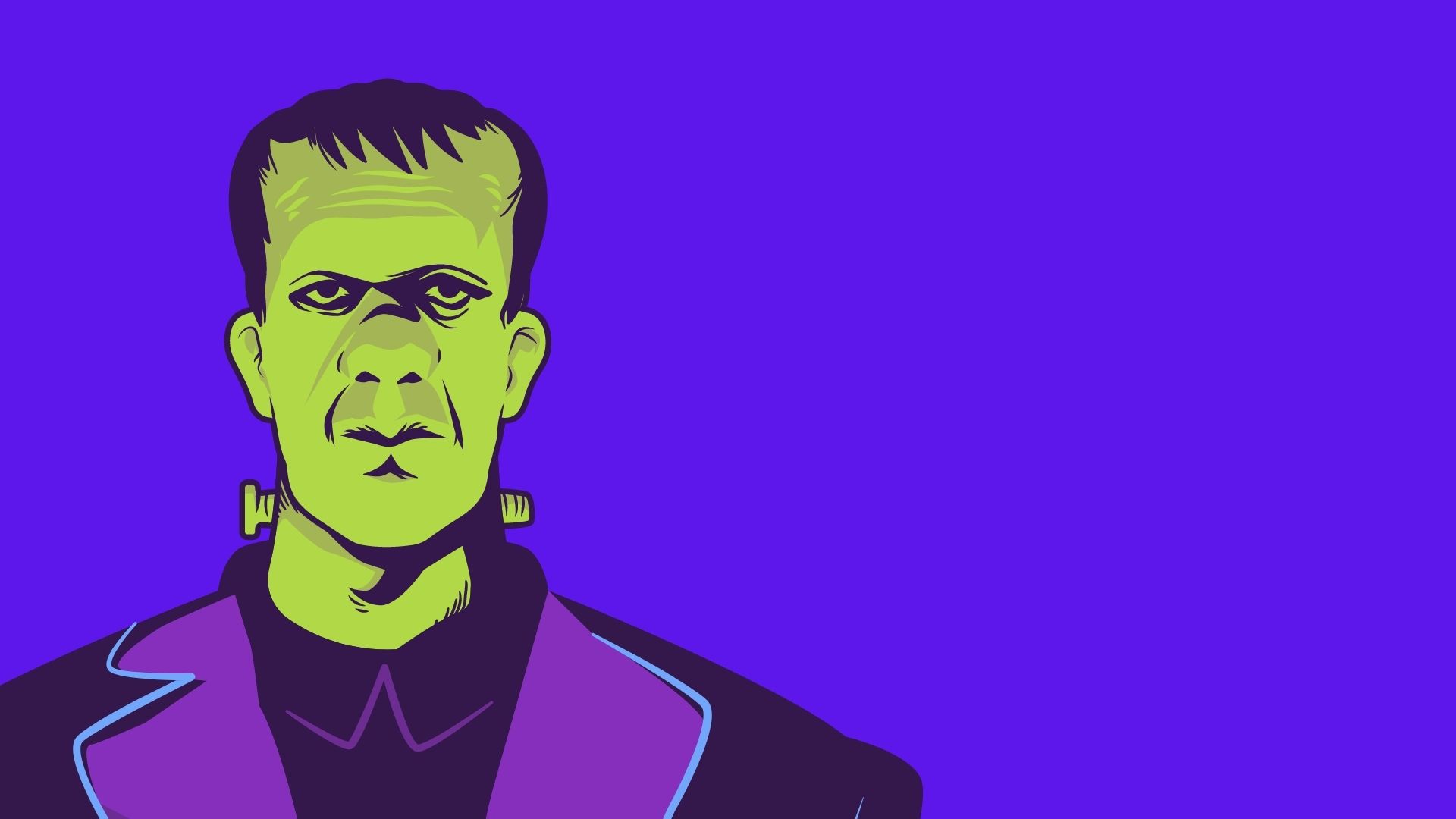
FAQ About Frankenstein

What are some common misconceptions about Frankenstein and the Creature?
Frankenstein and the Creature have become iconic figures in popular culture, and as with any widely known characters, certain misconceptions have emerged over time. Here are some common misconceptions about Frankenstein and the Creature:
- Misnaming the Creature: One of the most pervasive misconceptions is referring to the Creature as "Frankenstein." In the novel, the Creature is not given a name by its creator, Victor Frankenstein. It is simply referred to as "the Creature," "the Monster," or "the Being." Frankenstein is the name of the scientist who creates the Creature, not the Creature itself.
- The Creature's Appearance: While the Creature is commonly depicted as a green, stitched-together monster with bolts in its neck, this specific appearance is largely a creation of Hollywood and popular culture adaptations. In the original novel, Mary Shelley provides only vague descriptions of the Creature's appearance, leaving much to the reader's imagination.
- The Creature's Personality: In many adaptations, the Creature is portrayed as a mindless and evil monster, driven solely by a desire for revenge. However, the Creature in the novel is more complex and exhibits a range of emotions, including loneliness, longing for companionship, and an earnest desire to understand its existence.
- Victor Frankenstein's Motivation: Some misconceptions portray Victor Frankenstein as an evil or mad scientist who creates the Creature with malicious intent. In the novel, Victor is driven by a passion for scientific discovery and a desire to push the boundaries of knowledge, but he does not intend to create a malevolent being.
- The Origins of the Story: There is a misconception that the novel "Frankenstein" was written by the Creature or that it is an autobiographical account of Mary Shelley's life. In reality, the novel is a work of fiction written by Mary Shelley, who was inspired by a dream and a writing challenge with her husband Percy Bysshe Shelley and Lord Byron.
- Frankenstein's Laboratory: The image of Victor Frankenstein working in a mad scientist's laboratory is a common misconception. In the novel, the details of the creation process are left intentionally vague, and there is no elaborate laboratory scene as depicted in some adaptations.
- The Creature's Ability to Speak: Some adaptations portray the Creature as initially mute and inarticulate. However, in the novel, the Creature learns to speak and read through observation and self-education, becoming articulate and able to communicate with Victor and others.
